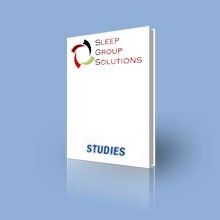
Specific Nasal Provocation Test with Dermatophagoides Pteronyssinus, Monitored by Acoustic Rhinometry, in Children with Rhinitis
Visit this link for the full Study/PDF: https://journals.sagepub.com/doi/abs/10.2500/ajra.2017.31.4392?rfr_dat=cr_pub%3Dpubmed&url_ver=Z39.88-2003&rfr_id=ori%3Arid%3Acrossref.org&journalCode=ajra&


